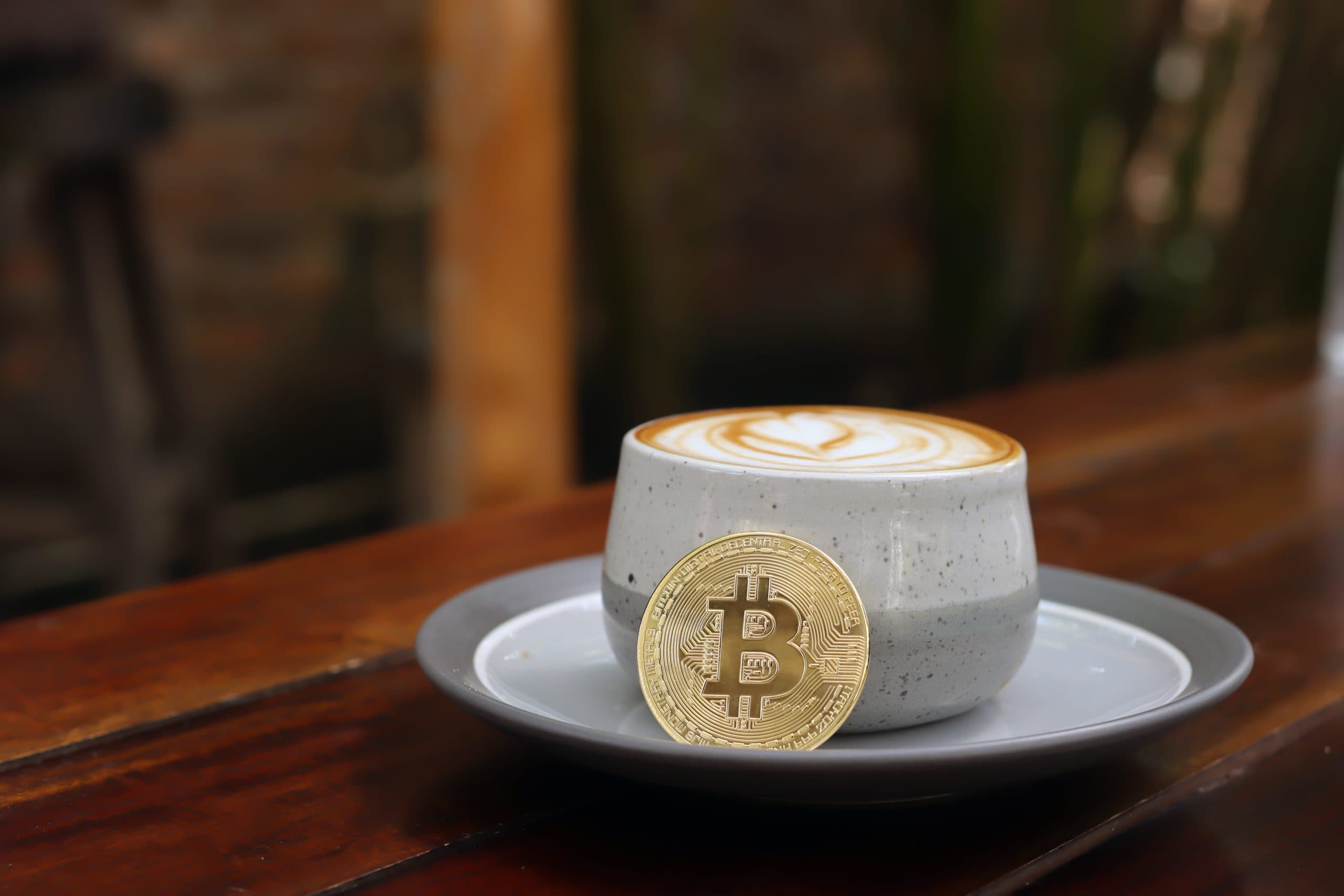Stablecoin: Navigating between promises and pitfalls
6 min readTable of Contents
In recent years, Singapore has emerged as a global leader in the adoption of cryptocurrencies and blockchain technology. With its forward-thinking approach, the city-state has taken a pioneering role in promoting innovation while keeping a close eye on regulatory safeguards.
As the discussion around stablecoins gains momentum, the question arises: Is Singapore really ready to harness the potential of stablecoins and what impact this digital development could have?
What is a stablecoin?
A stablecoin is a type of cryptocurrency specifically designed to maintain a stable value relative to another asset, which may be a fiat currency or a commodity. This unique feature sets stablecoins apart from more volatile cryptocurrencies such as Bitcoin and Ethereum.
Stablecoins can be divided into two main types:
- Fiat-backed stablecoins: These stablecoins are backed by traditional fiat currencies such as the US dollar or the euro. To ensure their stability, the issuer holds reserves of the corresponding fiat currency in a bank account. Each stablecoin is intended to be redeemable for a certain amount of underlying fiat currency.
- Crypto-backed stablecoins: With this type, stablecoins are backed by other cryptocurrencies such as Bitcoin or Ethereum. The issuer maintains reserves of these cryptocurrencies in a wallet, with each stablecoin representing a specific amount of the underlying cryptocurrency.
There are also algorithmic stablecoins that are not directly backed by physical assets. Instead, algorithms are used to regulate their value, which often involves burning or minting tokens to maintain stability.
Stablecoins serve various purposes including:
- Payments: Stablecoins can be used for everyday transactions, such as: B. for the purchase of goods and services or the transfer of funds between private individuals.
- Invest: Some use stablecoins as a means to invest in other cryptocurrencies or to hedge against the price volatility of more unpredictable cryptocurrencies.
- Decentralized Finance (DeFi): Stablecoins play a crucial role in decentralized finance applications as they enable activities such as lending and borrowing in the DeFi ecosystem.
- Speculation: Certain individuals engage in speculative trading in stablecoins in order to take advantage of possible price fluctuations and make profits.
Stablecoins have gained prominence due to their potential to combine the benefits of blockchain technology with the stability of traditional assets. Their diverse applications across various sectors underscore their importance in shaping the future of digital finance.
Singapore’s crypto-friendly stance
Singapore has long been known as a friendly environment for the crypto sector, a stance that has endured since the beginning.
The Monetary Authority of Singapore (MAS) has actively promoted the growth of fintech companies and attracted investments and entrepreneurial endeavors to contribute to the country’s progress.
The MAS has taken a thoughtful and deliberate approach to regulating cryptocurrencies, seeking to strike a balance between encouraging innovation and protecting consumers and investors from potential dangers.
Singapore has successfully launched several crypto-friendly frameworks, some of which include:
The Payment Services Act: In January 2020, the Payment Services Act was enacted in Singapore. This move was in response to the Financial Action Task Force’s 2018 updated Anti-Money Laundering (AML) and Countering the Financing of Terrorism (CFT) guidelines, which address cross-border risks associated with cryptocurrencies.
The Payment Services Act creates an adaptable structure for the supervision of payment systems and payment service providers in Singapore. It sets out the requirements for registration, in addition to the AML and CFT guidelines aimed at cryptocurrency companies.
Cryptocurrency Consumer Protection Law: In mid-January 2022, Singapore’s MAS enacted a series of laws focused on protecting investors from relentless exposure to digital asset content through media such as billboard advertising and crypto ATMs.
This initiative led to the ban on all cryptocurrency-related advertising and the operation of crypto ATMs in public spaces. MAS emphasized in its statement that it supports the development of blockchain technology and innovative applications of cryptocurrencies.
However, it warned of the high risk involved in trading cryptocurrencies and discouraged any portrayal that downplays these significant risks.
Pioneering role and recognition: Singapore has proven to be a pioneer in the cryptocurrency arena, owing to its favorable regulatory and tax framework as well as the extensive incorporation of blockchain technology across various economic sectors.
At the end of 2021, Singapore was named the most crypto-friendly country in the world by renowned global crypto ratings firm Coincub. This award was attributed to factors such as a robust economy, a supportive regulatory environment and a high level of cryptocurrency adoption.
Secure regulation of stablecoins
In August 2023, MAS introduced a comprehensive regulatory framework tailored to stablecoins. This move followed a comprehensive public consultation in October 2022 on this specific issue. The framework is intended to ensure that stablecoins regulated in Singapore have a high degree of value stability. It allows single currency stablecoins pegged to the Singapore dollar or other G10 currencies issued in Singapore.
These stablecoins must enable full cash withdrawals within five days upon customer request. In addition, issuers must have a minimum share capital of one million Singapore dollars or half of their annual operating costs.
You are also obliged to maintain appropriate capital and liquid assets to protect yourself against insolvency and to effectively deal with the associated consequences. Stablecoin providers who meet these strict criteria receive the coveted “MAS-regulated stablecoins” seal of quality.
What this means for the global community is that these instruments offer a level of security comparable to other financial instruments.
This newly created regulatory framework underscores MAS’s unwavering commitment to promoting transparency and careful oversight of the burgeoning crypto sector, while strengthening innovation in the city-state. By introducing solid regulations, companies that adhere to the established criteria and deal with the multitude of associated risks can thrive and operate.
This approach not only encourages innovation, but also serves as a shield that protects consumers and investors from potential threats. Singapore is well positioned for expected developments in 2030, when a tokenization-based economy will emerge.
Benefits on the horizon
The introduction of stablecoins and central bank digital currencies (CBDCs) holds transformative potential for Singapore’s financial landscape. Efficiency gains are a driving force and promise faster and more cost-effective payment solutions. Additionally, these digital currencies could attract more investments, which would improve the country’s economic prospects.
Financial inclusion could also get a boost. Stablecoins offer a digital alternative to traditional banking and enable easier access to financial services. This accessibility is crucial in a digital age where the barriers of physical proximity are being broken down.
Mitigation of risks
While the promise of stablecoins is enticing, it is important to carefully navigate the potential pitfalls. One concern is the volatility of stablecoin prices. Although linked to real assets, market dynamics can cause fluctuations, potentially exposing investors to financial risks.
Cybersecurity remains another major challenge. Because stablecoins are digital assets, they are stored on vulnerable digital ledgers and are therefore vulnerable to cyberattacks. To protect users’ funds, ensuring robust security measures is essential.
The regulatory landscape is another aspect to consider. As governments worldwide grapple with the evolving nature of cryptocurrencies, regulations could change and impact the use and trading of stablecoins.
Balancing act: accepting the promise, managing the risks
Singapore’s readiness for stablecoins relies on thoughtful regulation and an innovation-friendly environment. As the government works with the private sector to develop CBDCs and create stablecoin frameworks, the country is poised to reap the benefits of these digital assets.
The road ahead is a delicate balance, balancing the potential for financial inclusion, streamlined payments and improved security against market volatility, cybersecurity risks and evolving regulations. Singapore’s journey into the realm of stablecoins is an ongoing story that demonstrates the city-state’s commitment to harnessing the power of innovation while protecting its citizens and investors.
In this dynamic landscape, the question of whether Singapore is ready for stablecoins is becoming increasingly important. The answer could well influence the development of digital finance not just in Singapore but on a global scale.
Crypto exchanges with the lowest fees 2023






